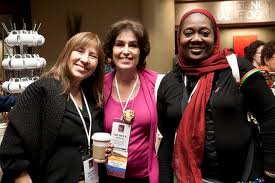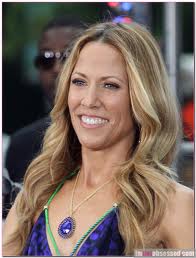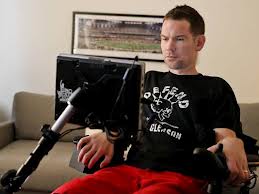We are very sorry to announce that Blandina Khondowe, the first recipient of the Barbara Brenner Breast Cancer Activist Scholarship, died of breast cancer in November 2020. She was 40 years old. We are posting the blog posts that Blandina wrote after attending the SABCS in 2019 as a tribute to her too short life and activism. You can read them here.
-
Recent Posts
- In memory of Blandina Khondowe
- Barbara Brenner Breast Cancer Activist Scholarship
- Remembering Barbara
- Funeral arrangements and after
- Barbara Brenner 1951-2013
- Thanks and Blessings
- The Legislature and Breast Cancer: Not a Good Match
- Telling the FDA What I Think About ALS Drug Trials
- Has NBCC Lost Its Way?
- Steve Gleason: A Rare Celebrity Doing Good by Talking About His Illness
- Approaching Gun Violence as a Public Health Problem: Who Gets to Have a Say?
- Adventures with a Feeding Tube Replacement: A Not So Funny Story, a Cautionary Tale, and A Call To Action
- What I Learned as A Volunteer
- One More Time With Feeling: Can We Be Done With Mammography Screening?
- Sitting Down to Call Out Stand Up To Cancer (SU2C)
- NBCC — The Promise, the Process and the Problems
- Who Shall Live and Who Shall Die? — A Yom Kippur Reflection
- Not So Funny Things Happened on the Way to a Diaphragm Pacer: When “Informed” is Not “Consent” and Related Adventures of an ALS Activist
- FDA to ALS Patients: Fuck You
- Fool Me Once, Shame on You. Fool Me Twice . . . : Nothing New at Komen
- Broadening ALS Research to Help Patients III: Make Biogen Idec Walk Its Talk
- Broadening ALS Research to Help Patients — II
- Let’s Broaden ALS Research to Help Patients
- The Supreme Court on Health Care II — The Medicaid Debacle
- Wonders Never Cease — The Supreme Court’s Health Care Decision
- Previews in Health Redux
- If you want to sign a letter calling on Nancy Brinker to resign
- Susan Love: Time to Think Before You Pink
- Tobacco Company Lies Don’t Mean You Should Vote for Prop. 29
- Odds and Ends in the Pink Ribbons Wars
- What Ever Happened to Previews of Coming Attractions in Health?
- Changing the Culture of Health Care in a Consumer Society — Not So Easy
- New ALS Treatment? — Hold Your Applause, Please
- Thoughts on Leadership – Listen Up, Nancy Brinker
- Choices: How I Live with ALS
- Don’t Be Surprised By the Undelivered Promise of Personalized Medicine
- Context is Everything — Framing the Film Pink Ribbons, Inc.
- Further Thoughts on Disability Access
- Komen’s True Colors: Red, not Pink
- Komen Politics: It’s Not Just About Abortion
- Gloves Off: What the Fuck, Komen?
- Pink Ribbons, Inc. is Coming to the US
- You Don’t Have to Talk Like Stephen Hawking
- Tikkun Olam and Corporate Responsibility
- IOM Report on Breast Cancer and The Environment: What Komen’s $1 million Bought
- Social Justice: The Health Connection
- Can We Watch Our Language, Please?
- Nothing Should Have to Be This Hard
- Is October Over Yet?
- Mi’She’Berach: Thoughts on Illness and Blessing
Ways to Look at Illness














